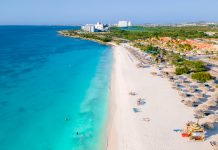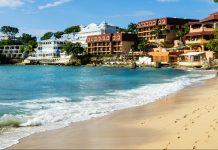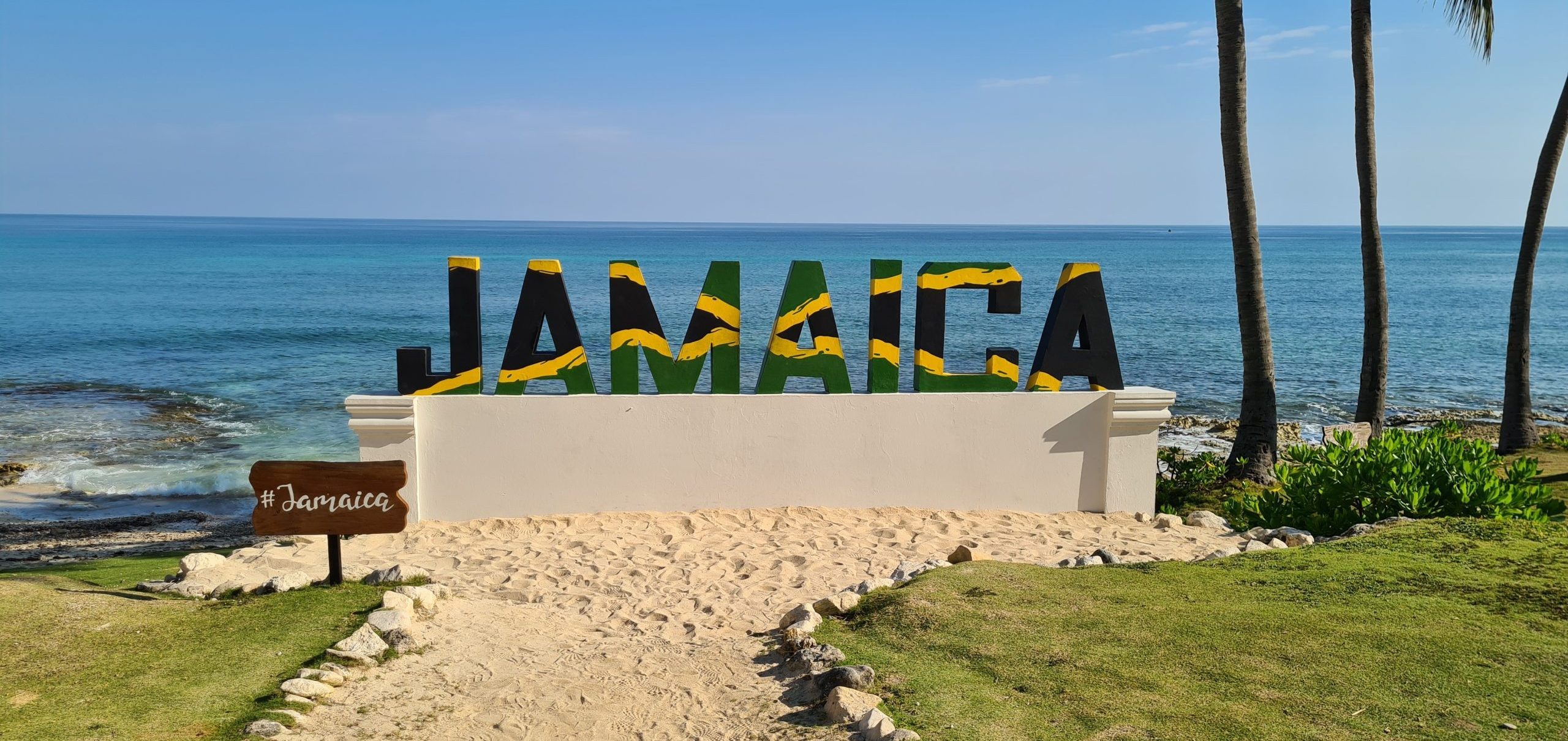While McDonald’s has established a formidable global presence, spanning over 100 nations and serving millions daily, one intriguing exception stands out – the absence of the iconic golden arches in Jamaica. Despite an initial foray into the Caribbean island in 1995, the fast-food giant ultimately suspended its operations there on October 14, 2005, leaving many perplexed by this unconventional move.
Tracing the Journey: McDonald’s Arrival and Expansion in Jamaica
McDonald’s first planted its roots in Jamaica in 1995, marking an ambitious expansion into the Caribbean market. Spearheaded by local franchisee Patricia Issacs-Green, the venture kicked off with a bang, establishing 12 outlets within just four years. By 2001, plans were afoot to further amplify this growth, with Issacs-Green announcing intentions to open an additional 15 restaurants across the island over the ensuing five-year period.
However, the harsh economic climate and a faltering Jamaican dollar soon cast a shadow over these lofty aspirations. As the economic headwinds intensified, McDonald’s found itself navigating turbulent waters, ultimately leading to a strategic retreat from the island nation.
The Turning Point: Issacs-Green’s Departure and McDonald’s Takeover
In 2003, a pivotal shift occurred when Patricia Issacs-Green, the driving force behind McDonald’s Jamaican operations, made the difficult decision to sell her franchises back to the corporate parent. Citing a desire to “spend more time with her family and pursue other interests,” this move marked the beginning of a new chapter for McDonald’s in Jamaica.
The corporation dispatched Steve Blackwood to the island to oversee operations while actively seeking a suitable franchisee to take over the reins. However, this quest proved arduous, as the stringent licensing requirements and extensive commitment demanded by McDonald’s deterred potential suitors.
The Stringent Demands: Unpacking McDonald’s Franchise Requirements
To comprehend the challenges faced in finding a successor, it’s essential to delve into the rigorous franchise requirements set forth by McDonald’s. Beyond the standard service fees, marketing costs, and monthly rent obligations, the corporation mandated that franchisees undergo nine months of unpaid training to fully immerse themselves in the company’s corporate culture.
Moreover, McDonald’s stipulated that the franchise must be the sole business interest of the owner, a condition that clashed with the entrepreneurial mindset prevalent in Jamaica, where diversification across multiple ventures is the norm. As Becky Stockhausen, the Director of the American Chamber of Commerce in Jamaica, astutely observed, “Jamaican businesspeople would simply never sign off on a commitment to one interest over the long term.”
The Financial Commitment: Substantial Capital Investment Expectations
In addition to the time and exclusivity demands, McDonald’s also expected prospective franchisees to possess significant financial resources. According to Jim Kramer, the company’s vice president for franchising outside the United States, the ability to invest $2 million in the business was a prerequisite for consideration.
This substantial capital investment requirement, coupled with the expectation that franchisees would bear the bulk of infrastructure and retail costs, further narrowed the pool of potential candidates willing to take on such a substantial financial burden.
 Adapting to Local Tastes: Challenges and Missteps
Adapting to Local Tastes: Challenges and Missteps
McDonald’s encountered several hurdles in tailoring its offerings to the Jamaican palate, a factor that likely contributed to its eventual departure. One oft-cited criticism was the perception that the restaurant’s burgers were too small and insufficiently filling for Jamaican tastes, with comparisons drawn to cocktail patties.
Furthermore, the company initially imported beef and other ingredients rather than sourcing them locally, a decision that drew scrutiny from Jamaican farmers and producers. While an agreement was eventually reached to incorporate local beef, the damage to McDonald’s reputation may have been done.
Economic Headwinds and Market Saturation: Compounding Factors
Compounding the challenges faced by McDonald’s in Jamaica were broader economic forces and intense market competition. The corporation’s expansion coincided with a period of sluggish economic growth on the island, hampering consumer spending and limiting the potential customer base.
Moreover, the Jamaican market became increasingly crowded with international fast-food chains, leading to a fierce battle for market share. As Caribbean Business reported, market analysts had warned of a potential shakeout, and McDonald’s, lacking the deep market penetration enjoyed by rivals like Burger King and KFC, found itself struggling to cope with the overcrowded landscape.
The Retreat: Closing Doors and Seeking a Fresh Start
Faced with mounting obstacles, McDonald’s made the difficult decision to shutter all remaining outlets in Jamaica on October 14, 2005. In the aftermath, the company’s Caribbean Division spokeswoman, Maria Elena Santana, acknowledged the challenges, stating, “At the moment, we cannot continue to serve Jamaicans the way they deserve and expect.”
However, the corporation left the door open for a potential return, with Santana asserting, “It’s not a completely final closure. We want to be back.” This sentiment was echoed by the United States Embassy in Kingston, which reported that McDonald’s intended to “continue the search for a qualified local franchisee.”
The Elusive Return: Skepticism and Uncertainty
While McDonald’s expressed a desire to resurrect its presence in Jamaica, many remained skeptical about the feasibility of such a comeback. Becky Stockhausen, the Director of the American Chamber of Commerce, and others felt that it would be “virtually impossible for the company to regain even the minimal foothold that it had here once they leave.”
This skepticism stemmed, in part, from the corporation’s unwavering stance on its franchise requirements, which had proven to be a significant barrier to entry for local entrepreneurs. Unless McDonald’s exhibited a willingness to adapt and introduce greater flexibility, the prospects of a successful return seemed uncertain.
Lessons Learned: Adapting to Local Cultures and Preferences
The McDonald’s saga in Jamaica serves as a cautionary tale for multinational corporations seeking to expand into new markets. It underscores the importance of conducting thorough research, understanding local cultural nuances, and tailoring products and services to meet the specific preferences of the target audience.
Moreover, it highlights the need for flexibility and a willingness to adapt business models and practices to align with the unique characteristics of each market. Rigid adherence to a one-size-fits-all approach can lead to costly missteps and ultimately hinder success in diverse cultural landscapes.
The Path Forward: Potential Strategies for a Successful Re-entry
Should McDonald’s genuinely aspire to reestablish a foothold in Jamaica, several potential strategies could be considered:
- Revisiting Franchise Requirements: Reevaluating the stringent franchise requirements, particularly the exclusivity clause and the extensive unpaid training period, could make the opportunity more appealing to local entrepreneurs.
- Embracing Local Sourcing and Flavors: Strengthening partnerships with local suppliers and incorporating more Jamaican dishes and flavors into the menu could resonate better with the island’s culinary preferences.
- Tailoring Portion Sizes: Addressing the perception of inadequate portion sizes by offering larger burgers or alternative meal options could cater to the Jamaican appetite.
- Strategic Partnerships: Exploring joint ventures or partnerships with established local businesses could provide valuable insights into the Jamaican market and facilitate a smoother reentry.
Ultimately, the success of any potential McDonald’s return to Jamaica would hinge on the corporation’s ability to learn from past missteps, embrace cultural nuances, and demonstrate a genuine commitment to adapting to the unique needs and preferences of the Jamaican consumer.
Conclusion
The McDonald’s experience in Jamaica serves as a poignant reminder of the challenges multinational corporations can face when expanding into new cultural landscapes. It underscores the importance of conducting thorough research, understanding local nuances, and exhibiting a willingness to adapt products, services, and business practices to align with the unique characteristics of each market.
While the corporation’s departure from Jamaica may have been a setback, it also presents an opportunity for growth and learning. By embracing the lessons gleaned from this experience, McDonald’s – and indeed, any global brand – can enhance its ability to navigate diverse cultural terrains successfully.
As the world becomes increasingly interconnected, the ability to transcend cultural boundaries and resonate with diverse audiences will be a critical differentiator for businesses seeking to thrive on the global stage. The McDonald’s saga in Jamaica serves as a valuable case study, highlighting the pitfalls of rigidity and the rewards of adaptability in an ever-evolving marketplace.
For recommendations on some of the best times to visit Jamaica, you can check out our guide here.
—
If you’re traveling to Jamaica alone, ensure you take all the necessary measures to keep safe. Read about how you can stay safe while visiting Jamaica. If you decide to visit any resort, be sure to tag us in your photos and videos @resortcaribbean, and follow our socials: Instagram, Facebook, YouTube.







![What You Need to Know before Visiting Azul Beach Resort Negril Jamaica Gourmet All-Inclusive [Resort Review] Azul Beach Resort Pool](https://resortcaribbean.co/wp-content/uploads/2021/09/20210828_091210-2-100x70.jpg)
![Visiting Ocean Coral Spring – One of Jamaica’s Most Famous Resorts [Resort Review] Visiting Ocean Coral Spring - One of Jamaica's Most Famous Resorts](https://resortcaribbean.co/wp-content/uploads/2021/11/20211106_155809-scaled-e1716408051807-100x70.jpg)
[…] is There a McDonald’s Restaurant in Jamaica? […]